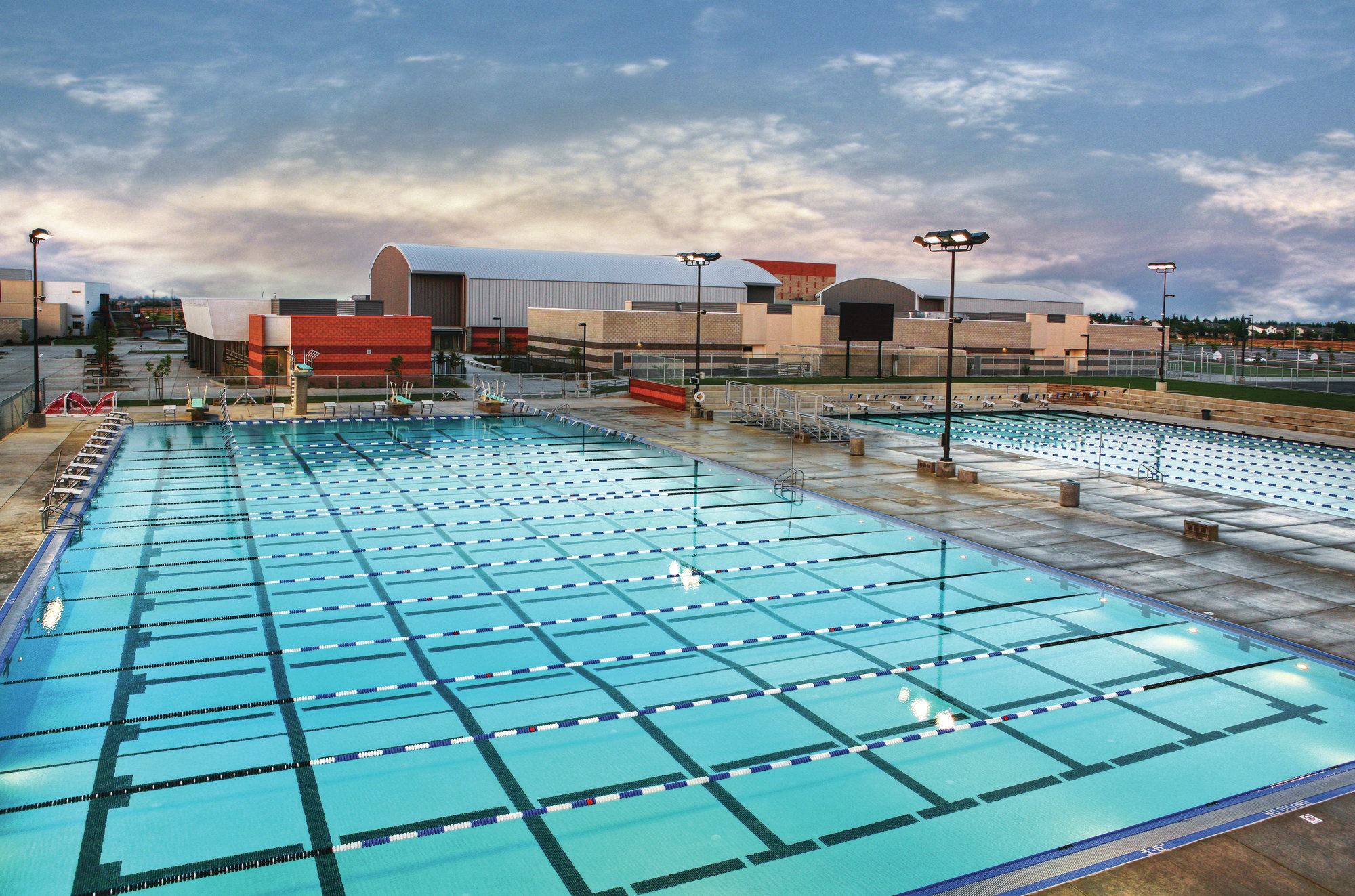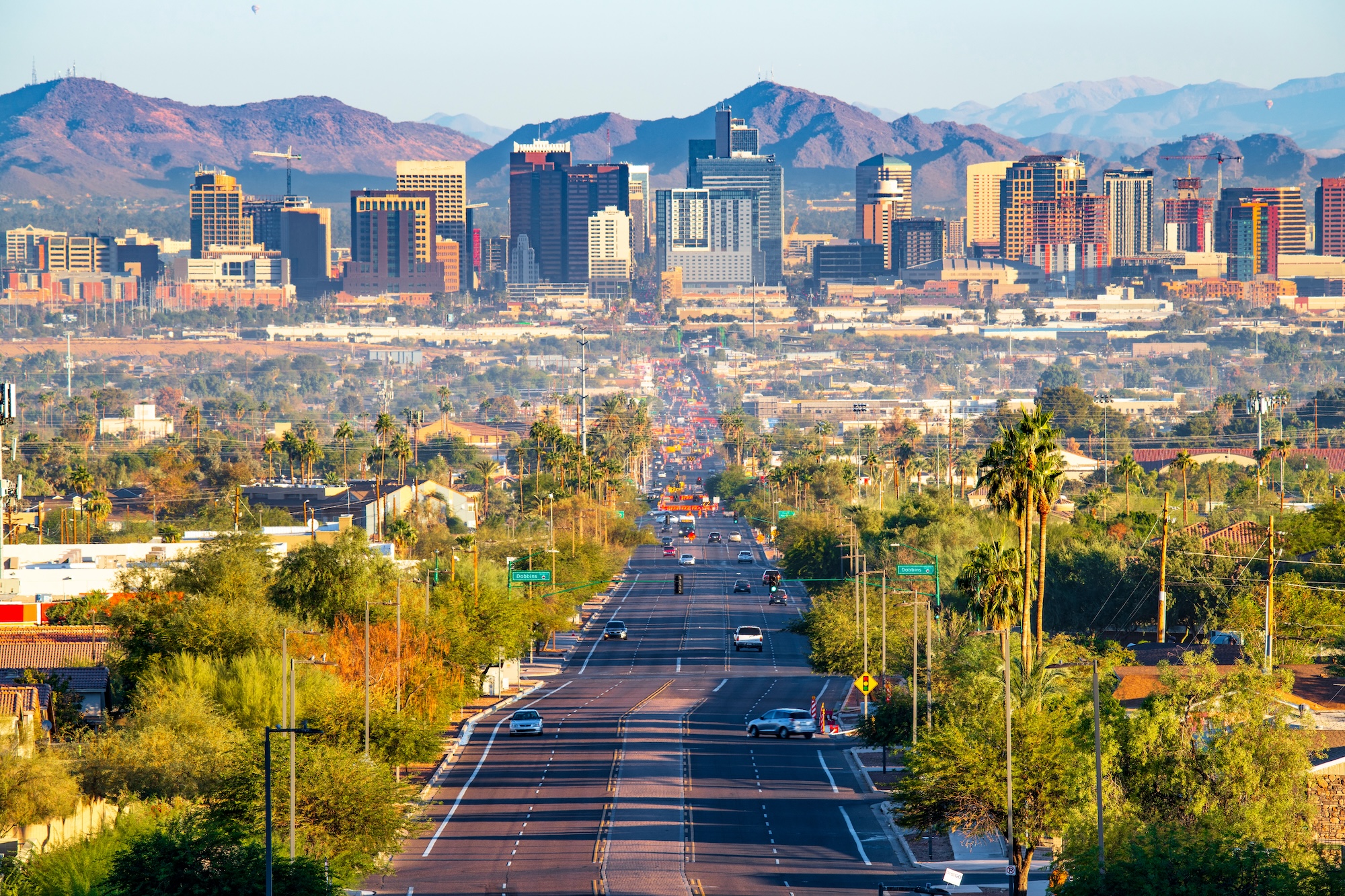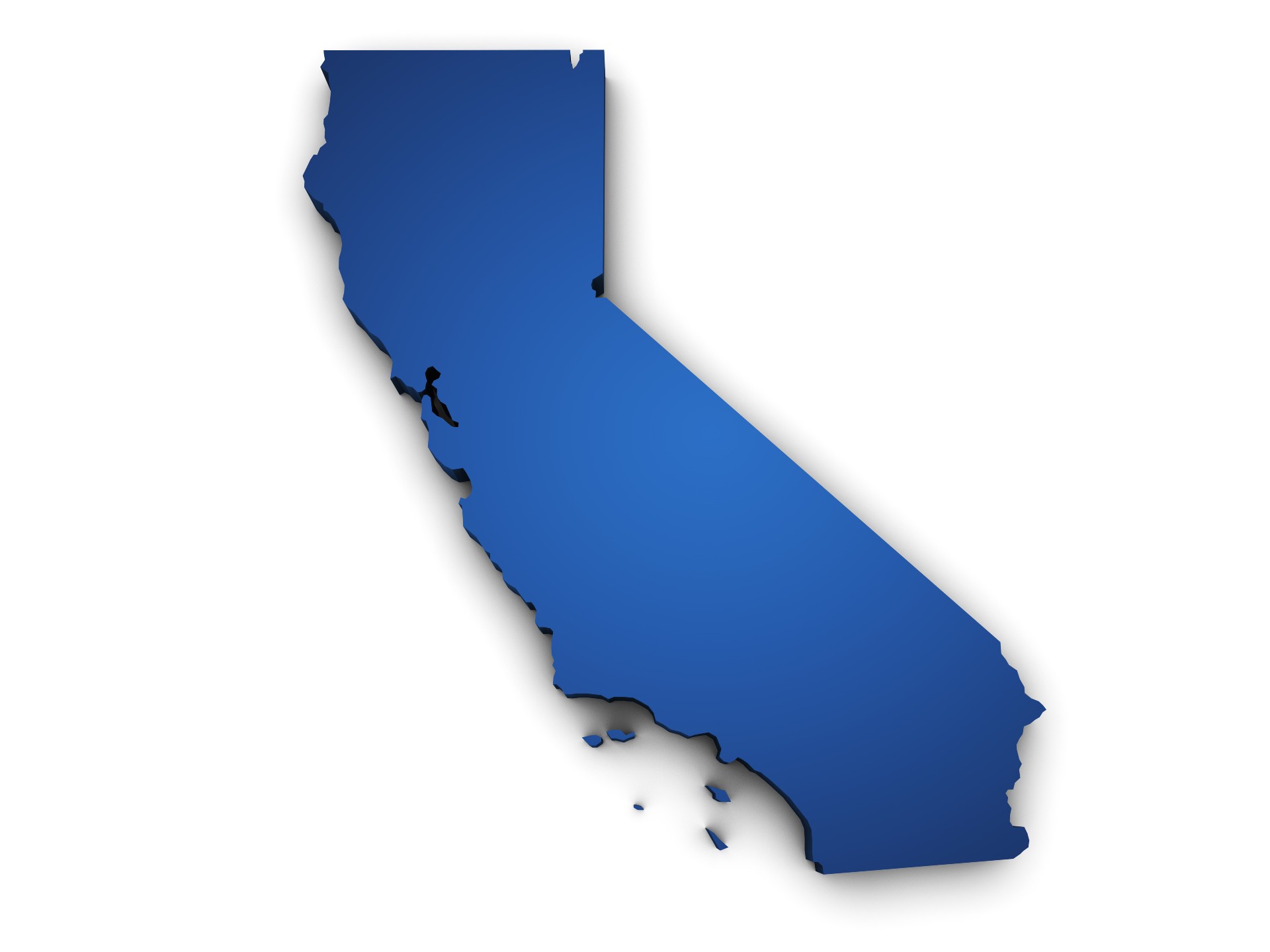Written by Rich Martin
Since 1960, NSF has created criteria for all major types of equipment used at waterparks, pools and spas. NSF/ANSI 50: Equipment for Recreational Water Facilities is considered the benchmark of safety, quality and function in the pool and spa industry. Because NSF continually adds new technologies and product types to its standards, codes continue to require NSF certification to help facility operators have the best tools available.
NSF is prominently featured and referenced in virtually all North American public health and safety-related codes. For instance, NSF certification is required in drinking water, food safety, plumbing, and pool and spa codes for facility design, construction, permitting and annual operation and inspection. A good example of an NSF reference in code is the section on design and construction in the Centers for Disease Control and Prevention’s draft Model Aquatic Health Code, which states that all equipment used in aquatic facilities shall be listed by NSF International.
NSF standards were written for conducting design assessments, performance testing, material safety testing and microbiological disinfection efficacy testing for many different product types.
It’s helpful to understand how codes are created, referenced and enforced. A model code is a template, or example, document with detailed requirements for design, construction and/or operation of equipment or facilities. The model code is intended to be referenced or adopted by others. Typically a model code is adopted by a state, selecting all or part via the state legislative body as a statute or by delegated rule making in the form of a regulation. Some examples of laws or statutes that impact the pool and spa community are the Virginia Graeme Baker Act of 2007 and the Americans with Disabilities Act of 1990 (and recent revisions). At the next level of code adoption is the county/city taking the adopted state code. It may add additional requirements as part of a local ordinance.
If we have codes, why do we need standards? Codes, regulations and statutes need standards to address the technical details to enable specification, review and enforcement. Standards have the high level of detail and specificity needed to consistently evaluate products. Codes may require certain products to comply with a standard, but the code may further stipulate additional details (e.g. size of the product or filter based on the size of the pool or flow rate). Working together, codes and standards are used to build a framework for design, construction and operational safety.
Some other examples of NSF references in code language include:
Model codes
1 Center for Disease Control and Prevention — Model Aquatic Health Code (CDCP-MAHC)-2014
a. 4.3 Equipment Standards, 4.3.1 General
i. 4.3.1.1 Accredited Standards Facility
Where applicable, all equipment used or proposed for use in AQUATIC FACILITIES governed under this CODE shall be of a proven design and construction and shall be listed by NSF International.
b. 4.3.2 Recirculation Systems and Equipment
i. 4.3.2.1 ANSI-Accredited TestingWhere applicable, all equipment used or proposed to use in AQUATIC FACILITIES shall be of proven design and construction and shall be listed by NSF International.
c. 4.7.1.5.3 Skimmer Flow Rate
i. 4.7.1.5.3.1 NSF 50The flow rate for the SKIMMERS shall comply with manufacturer data plates or NSF/ANSI 50 including Annex K.
d. 4.7.1.7 Piping, 4.7.1.7.1 Design
i. 4.7.1.7.1.1 MaterialsPiping system components in contact with swimming POOL water shall be of non-toxic material, resistant to corrosion, able to withstand operating pressures, chemicals, and temperatures.
ii. 4.7.1.7.1.2 Standards Piping and piping system component materials shall be suitable for potable water contact and shall meet NSF/ANSI STANDARD 61 and NSF/ANSI STANDARD 14 as applicable.
e. 4.7.1.9 Flow Measure and Control
i. 4.7.1.9.1 Flow MetersA flow meter accurate to within +/- 5% of the actual design flow shall be provided for each filtration system.
ii. 4.7.1.9.1.1 CertifiedFlow meters shall be certified in accordance with NSF/ANSI Standard 50.
f. 4.7.2.2.1.3 ListedAll filters shall be certified to NSF/ANSI 50 by an ANSI-accredited certification organization.
i. 4.7.2.2.3.2 BackwashThe granular media filter system shall be designed to backwash each filter at a rate of at least 15 gallons per minute per square foot (36.7 m/h) of filter bed surface area, unless explicitly prohibited by the filter manufacturer and/or approved at an alternate rate as specified in the NSF/ANSI 50 listing.
g. 4.7.2.3 Precoat Filters,4.7.2.3.1 General, 4.7.2.3.1.1 Listed All precoat, filters (i.e., pressure and vacuum) shall be certified to NSF/ANSI 50 by an ANSI-accredited certification organization.
i. 4.7.2.3.1.2.1 Certified and SizedFilter media shall be certified to NSF/ANSI Standard 50 by an ANSI-accredited certification organization and within the size specifications provided by the filter manufacturer and NSF/ANSI 50.
ii. 4.7.2.3.1.2.3 NSF Standard Alternate types of filter media shall be in accordance with NSF STANDARD 50.
iii. 4.7.2.3.3 Precoat Media Introduction System, 4.7.2.3.3.1 Precoat Process R&F The precoat process shall follow the manufacturer’s recommendations and requirements of NSF/ANSI Standard 50.
h. 4.7.2.4 Cartridge Filters, 4.7.2.4.1 Listed
i. Cartridge filters shall be installed in accordance with the filter manufacturer’s recommendations and certified to NSF/ANSI 50 by an ANSI-accredited certification organization.
i. 4.7.3.2 Feed Equipment, 4.7.3.2.1 General
i. 4.7.3.2.1.1 Feeders & Devices The POOL shall be equipped with chemical feed equipment such as flow-through chemical feeders, electrolytic chemical generators, mechanical chemical feeders, chemical feed pumps, and AUTOMATED CONTROLLERs that is tested and certified by an ANSI-accredited certification organization in conformance with NSF.ANSI 50.
ii. 4.7.3.2.8.2 NSF Standard All automated chemical controllers for pH and disinfectant MONITORING/control shall be certified to NSF/ANSI 50 by an ANSI-accredited certification organization.
j. 4.7.3.3 Secondary Disinfection Systems, 4.7.3.3.1 General Requirements
i. 4.7.3.3.1.1 ANSI CertifiedSECONDARY DISINFECTION SYSTEMS shall be certified to ANSI/NSF 50 by an ANSI-Accredited third-party testing and certification organization approved by the AHJ.
k. 4.7.3.3.4.12.1 ListedOzone equipment shall be listed to NSF/ANSI Standard 50.
l. 4.7.3.5 Water Quality Testing Devices and Kits
i. 4.7.3.5.1 ComplianceWATER QUALITY TESTING DEVICES and kits shall be certified to NSF/ANSI 50 by an ANSI-accredited certification organization.
m. 4.7.3.6 Microbiological Testing Equipment
i. 4.7.3.6.1 EPA-ApprovedMicrobiological testing equipment and methods shall be EPA-Approved … conforming to the latest edition of STANDARD Methods for the Examination of Water and Wastewater, or certified to NSF/ANSI 50.
n. 5.7.2.2 Precoat Filters,
i. 5.7.2.2.1 AppropriateThe appropriate media type and quantity as recommended by the filter manufacturer shall be used.
ii. 5.7.2.2.1.1 ApprovedThe media shall be certified to NSF/ANSI 50 by an ANSI-accredited certification organization for use in the filter.
iii. 5.7.2.2.2 PrecoatingPrecoating of the filters shall be required in closed loop (precoat) mode to minimize the potential for media or debris to be returned to the POOL unless filters are certified to NSF/ANSI 50 by an ANSI-accredited certification organization to return water to the POOL during the precoat process.
iv. 5.7.2.2.3 OperationFilter operation shall be per manufacturer and certified to NSF/ANSI 50 by an ANSI-accredited certification organization.
v. 5.7.2.2.3.1 Uninterrupted Flow
i. Flow through the filter shall not be interrupted when switching from precoat mode to filtration mode, which could result based on the order of opening and closing valves unless the filters are certified to NSF/ANSI 50 … during the precoat process.
ii. 5.7.2.2.7 Filter MediaPrecoat filter media shall meet the filter manufacturer’s recommendation for POOL use and shall be certified to NSF/ANSI 50 by an ANSI-accredited certification organization.
iii. 5.7.2.2.7.1 Diatomaceous Earth Diatomaceous earth (DE), when used, shall be added to precoat filters in the amount of 1 to 2 pounds (0.45 to 0.91 kg) per 10 square feet of filtration surface area unless more is recommended by the filter manufacturer and the filter is certified to NSF/ANSI 50 by an ANSI-accredited certification organization for a higher precoat media dosage rate.
iv. 5.7.2.2.7.2 Perlite Perlite, when used, shall be added to precoat filters in a minimum amount of 0.5 to 1 pounds … per 10 ft2 … of filtration surface area unless more is recommended by the filter manufacturer and the filter is certified to NSF/ANSI 50 by an ANSI-accredited certification organization for a higher dosage rate.
v. 5.7.2.3 Cartridge Filters 5.7.2.3.1 NSF Standards
i. Cartridge filters shall be operated in accordance with the filter manufacturer’s recommendation and shall be certified to NSF/ANSI 50 by an ANSI-accredited certification organization.
ii. 5.9.2.2 NSF StandardThe chemical equipment used in controlling the quality of water shall be certified to NSF/ANSI 50 and used only in accordance with the manufacturer’s instructions.
2 International Code Council — International Swimming Pool and Spa Code (ICC-ISPSC)
a. Section 302 — Requires NSF/ANSI 50 and NSF/ANSI 14 for pipe, fittings and components.
b. Section 309 — Requires NSF/ANSI 50 for all general circulation, filtration and treatment equipment (such as filters, chemical feeders, UV, ozone, skimmers, pumps, valves, etc.).
c. Section 311 — Requires NSF/ANSI 50 and NSF/ANSI 14 for pipe and fittings.
d. Section 316 — Requires NSF/ANSI 50 for heaters and heat exchangers.
e. Section 508 — Requires NSF/ANSI 50 for automatic controllers.
3 International Association of Plumbing and Mechanical Officials — Uniform Swimming Pool Spa and Hot Tub Code (IAPMO-USPSHTC)
a. Section 302.4 — Requires NSF/ANSI 14 for all plumbing, NSF/ANSI 50 for all pool and spa equipment, and NSF/ANSI 61 for all drinking water products.
State codes
4 California Building Standards Code, Title 24 requires NSF/ANSI 50 certification for all pool, spa and water park equipment.
5 Florida Administrative Code, Chapter 64 requires NSF/ANSI 50 certification for all recirculation and treatment equipment. Florida also requires that if no standard exists for a product, the manufacturers must work with NSF or another American National Standards Institute (ANSI)-approved agency to develop such standards.
6 Texas Administrative Code, Title 25 requires NSF/ANSI 50 certification for all pool and spa equipment. Texas code also requires that when equipment is replaced on pools and spas, and such equipment falls within the scope of NSF/ANSI 50, it shall meet the standard as confirmed by a testing laboratory.
Many other codes also require NSF/ANSI 50 certification. Log onto www.nsf.org/media/flash/pools_map.swf to explore local codes.
Written by Rich Martin, senior business development manager, NSF International Water Systems



